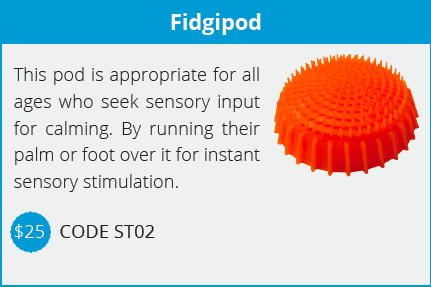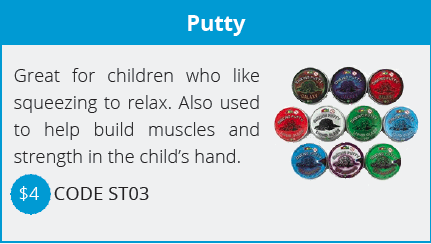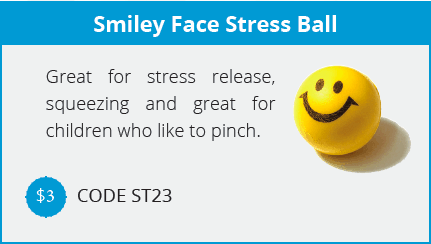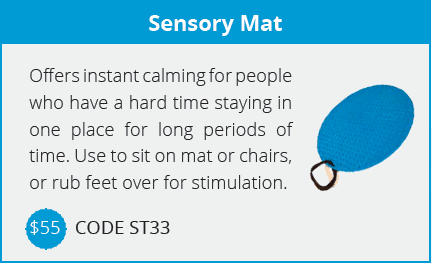UNDERSTANDING SENSORY NEEDS
Many children with ASD will be over or under reactive to sensory stimuli including touch, taste, smell, sound, sight and/or movement. By regulating the amount and intensity of stimulation it helps to keep the nervous system calm, organised and focused. Children can be under-aroused and sluggish one moment, and overwhelmed and anxious the next. Meeting sensory needs can include using sensory tools to regulate behaviour or adapting activities to reduce sensory stimulation. For example some children can sit for longer periods with a sensory tool/fidget tool. While other children may need clothing adaptations, e.g. socks with no overlocking for them to wear shoes and socks.
Temple Grandin (an adult with ASD) advocates for awareness of different children having different sensory needs, she encapsulates this difference stating “One kid’s got sound sensitivity; another one can’t tolerate fluorescent lights. I can’t stand scratchy clothes.”

In my experience many children need sensory adaptations in the classroom. Simple changes in the environment can make a big difference to a child’s engagement and learning outcomes. You could spend all day asking a child to “sit still” on the mat OR you could give them a “sensory mat” to sit on that helps them sit still. On the next page are some great sensory tools which can be used to support each child’s different sensory needs.










 Sorry we no longer ship items outside Australia. Please consider the digital versions of Sue’s Books –
Sorry we no longer ship items outside Australia. Please consider the digital versions of Sue’s Books – 